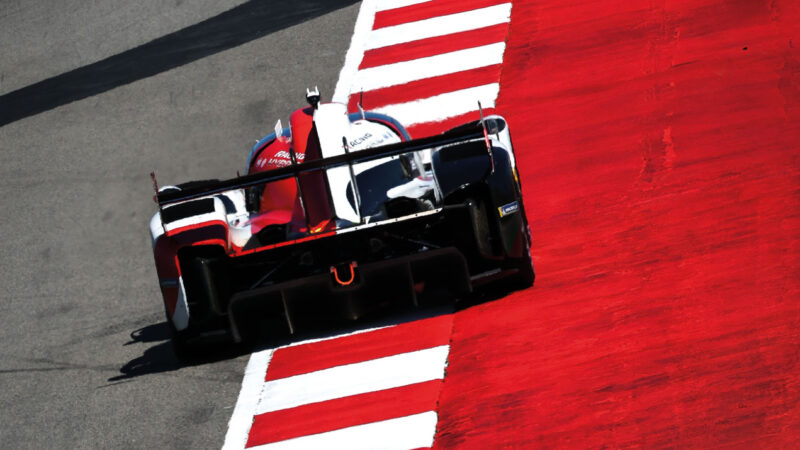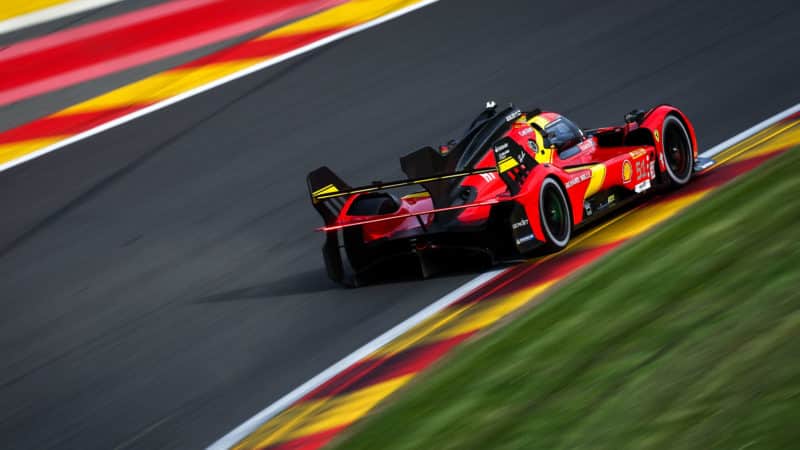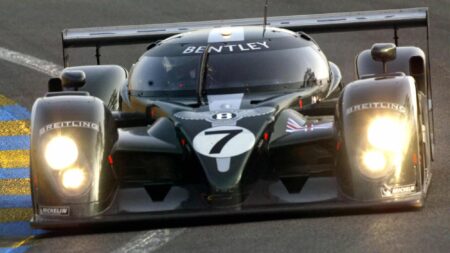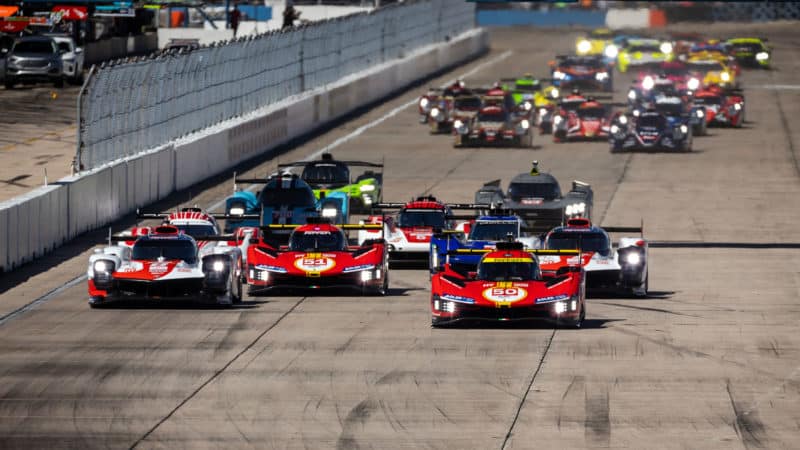It’s why back in the previous era of LMP1 cars manufacturers would sometimes choose to run in the same aero configuration planned for Le Mans. In 2017 for, example, when Toyota ran three cars at the 24 Hours and at Spa beforehand by way of preparation it chose a split-strategy in the warm-up race. Two LMP1s ran high downforce and one, which turned out to be the quicker on average, low downforce.
There are no such luxuries today, however. The rules for the Le Mans Hypercars and the LMDhs that come together in the Hypercar class allow for only one homologated aero configuration; the move was an integral component in the drive to get cost out of the top category in the WEC. As part of that each design is allowed only adjustable device to balance the car and potentially shed downforce.
That means a car that’s quick through the first and last sectors at Spa should be fast when the WEC field gets to Le Mans in just five weeks’ time for the pre-race test day. Yet there is another reason now why Belgium’s WEC fixture will offer an insight into what might happen at the double-points round in France.

After a blistering start to the 2023 WEC season, Toyota is on track for a sixth successive Le Mans 24 Hours victory
Getty Images
The five Hypercar manufacturers, Toyota, Ferrari, Peugeot, Porsche and Cadillac, and two garagistes, Glickenhaus and Vanwall, will be able to run on the full range of tyres that will be available to them at Le Mans. That follows a request for Michelin, the exclusive rubber supplier in Hypercar, to be able to provide all three specifications of slick tyre to the competitors. Series rules allow Michelin to nominate two of the specs for regular WEC races, but in light of an uncertain weather forecast it requested to be able to bring all three compounds so that it can supply the right tyre for the conditions.
That includes a tyre known as the low-temperature soft, which hasn’t been available so far this year. This compound can act as an intermediate for use in mixed conditions or on a drying track.



